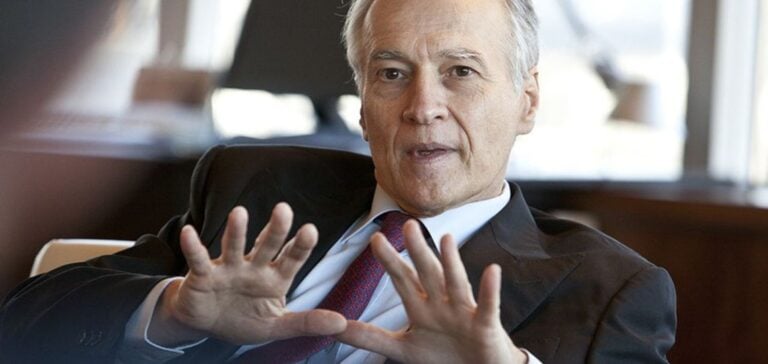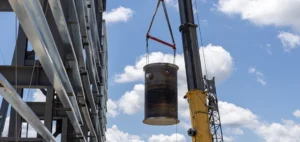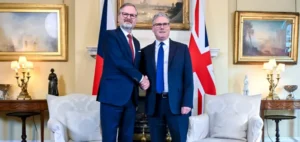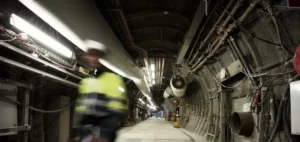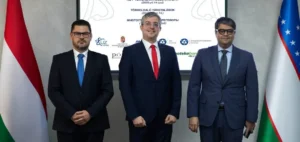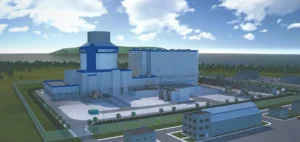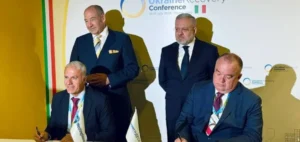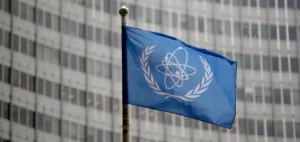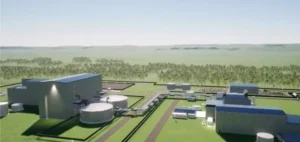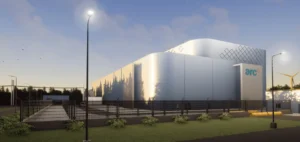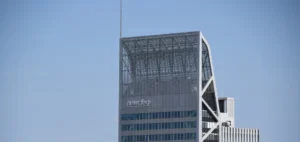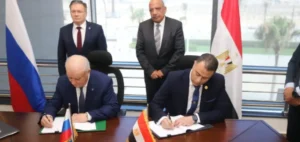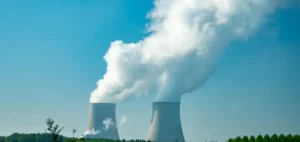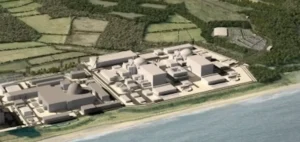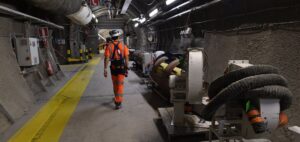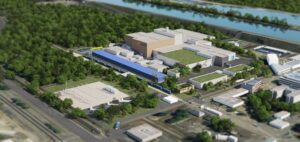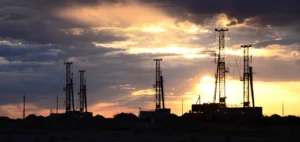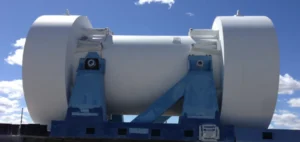The Chairman and Chief Executive Officer (CEO) of Vinci, Xavier Huillard, highlights the need to call on private capital to develop new nuclear reactors of the European Pressurized Reactor (EPR) type. This executive believes that the scale of financial needs exceeds traditional public funding capacities and requires an innovative approach. Électricité de France (EDF) is at the center of this large-scale project, but the company awaits clarifications to finalize the financial arrangement. According to recent statements, the participation of the private sector appears to be a key lever for effectively launching the works.
Propositions for mixed funding
Vinci’s proposals include a mixed funding strategy combining public and private funds. According to Xavier Huillard, this approach would allow for sharing risks and avoiding further delays in implementation. Several examples, in which private entities invest in strategic infrastructure, are reportedly already operational in other parts of the world. High-voltage lines built in Brazil and Australia are, according to Vinci’s CEO, concrete illustrations of successful partnerships in the energy sector.
Resorting to a public-private partnership (PPP) could provide greater flexibility in the long run. Basically, the model involves contracting out operation and maintenance for a given period, while monetizing future revenues, particularly the electricity produced. This monetization would serve to raise debt to finance the construction of facilities. Furthermore, the plan aims to combine the technical expertise of industrial groups with the institutional support of public authorities, ensuring greater financial stability.
A historical heritage of partnerships
According to Vinci’s management, this co-funding approach is not new. Over time, major infrastructure in France, such as those of the Société Nationale des Chemins de fer Français (SNCF) or the Régie Autonome des Transports Parisiens (RATP), often benefited from private capital contributions during their development phase. Pierre Anjolras, who is set to take over the group’s general management, recalls that railways and some networks have long followed this model. He even notes that a Rothschild Room still exists at SNCF’s headquarters, illustrating the involvement of private capital in France’s industrial history.
In the nuclear sector, Vinci believes this practice could be easily applied to EPR reactors. The demand for electricity remains strong, and nuclear technology is presented as a solution capable of meeting stability requirements for production. However, the company insists on the need to quickly clarify financing prospects. The goal is to avoid prolonging a waiting situation that, according to the CEO, unnecessarily delays progress on these reactors, considered strategic for long-term production.
Modernizing grids and securing supply
Réseau de Transport d’Électricité (RTE) must also undertake major renovation work to maintain and upgrade its infrastructure. The challenge concerns the ability to transport electricity from production centers to often distant consumption areas. Vinci believes that a smoother administrative authorization process, combined with a PPP, would speed up these essential projects for the reliability of the electrical grid. The argument put forth is to share financial risks between public entities and private investors, in order to reduce pressure on public finances.
Vinci representatives also mention the possibility of replicating certain financing mechanisms tested abroad, where private investment plays a decisive role in the rise of the energy sector. Competition among different players to secure contracts can lead to tighter cost and schedule management, thanks to specifications defined upstream by public authorities. These contracts would include clauses on maintenance and sustainability, ensuring long-term operation.
Anticipating large-scale projects
According to Xavier Huillard, developing several EPRs requires long-term vision combined with effective planning capabilities. EDF, which manages the technical aspects of the project, must navigate complex financial constraints. The capital needs for multiple reactors add to the ongoing maintenance of the existing fleet and to the renovation of grids. This accumulation of projects calls for a robust organization and close attention to execution deadlines.
Sector observers also point out that administrative authorization processes can significantly slow down progress on works. Vinci notes the importance of easing these procedures to more rapidly start building new reactors and upgrading lines. The necessary technologies, according to the company, are already available, and their implementation primarily requires coordination among public authorities, industry players, and financiers.
Economic stakes and future prospects
Supporters of mixed funding believe that private capital participation can create a competitive dynamic beneficial to the sector. In this model, private investors might expect a return on investment through the sale of electricity over a contractual period. State guarantees would still be sought to reassure lenders, especially when large amounts of capital are involved.
In the view of several stakeholders, the scale of the French nuclear project justifies pooling resources, since public money alone, however significant, is not enough to cover all expenses. Adopting the PPP appears to be a rational way of sharing responsibilities, optimizing planning, and ensuring the availability of energy within the anticipated timeframe. Once the work is completed, the structure in place would offer a revenue potential suitable for repaying the loans taken out.

